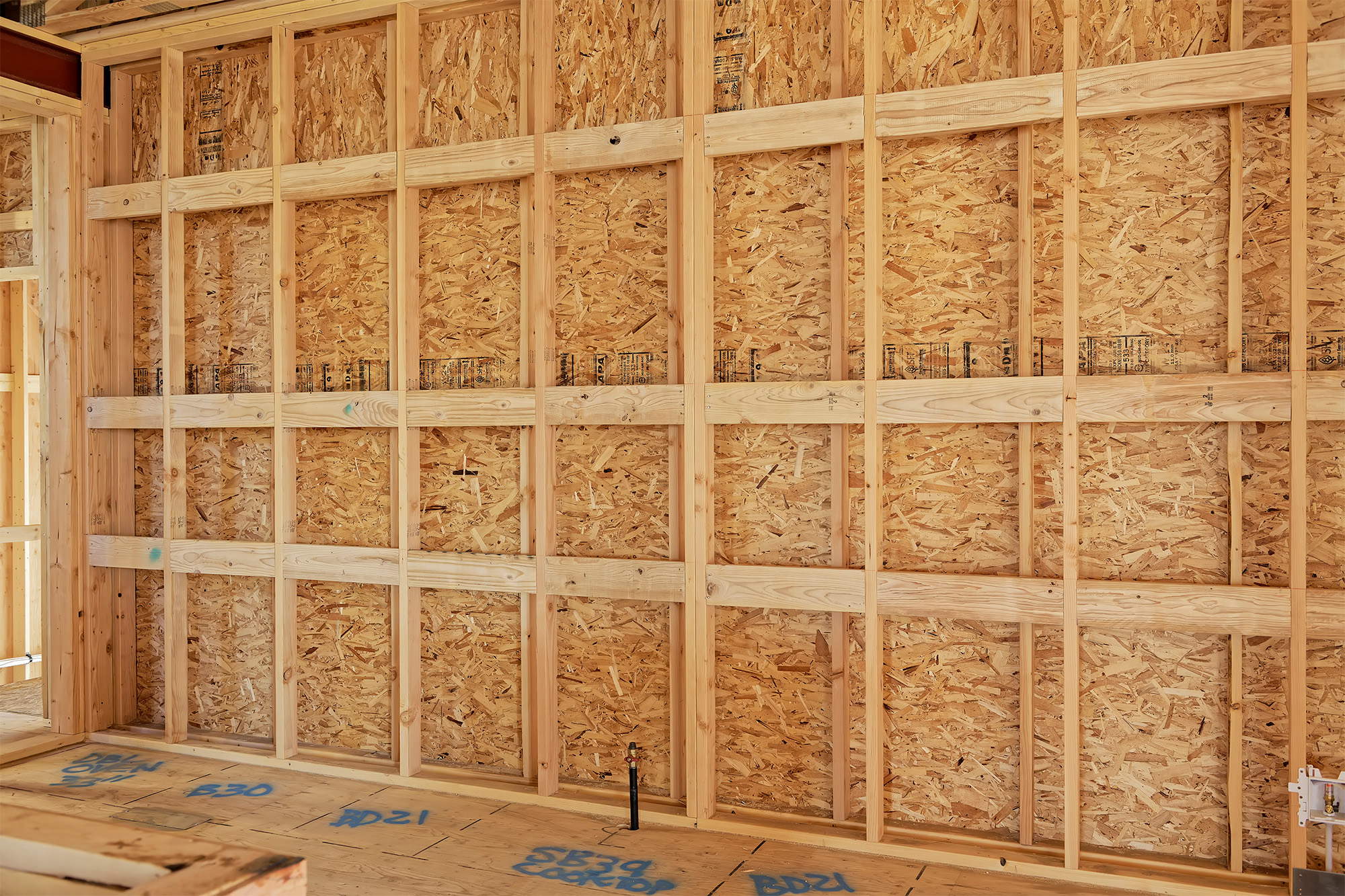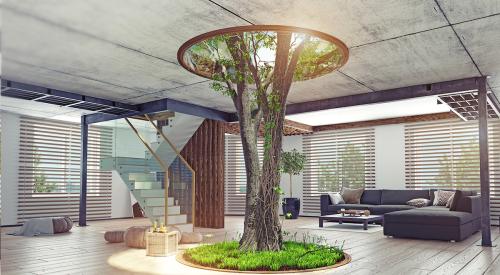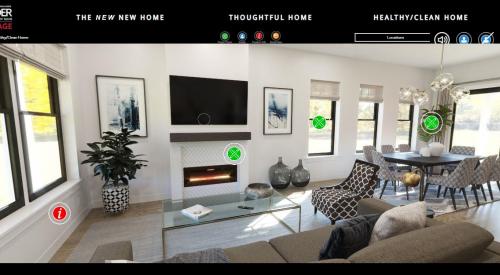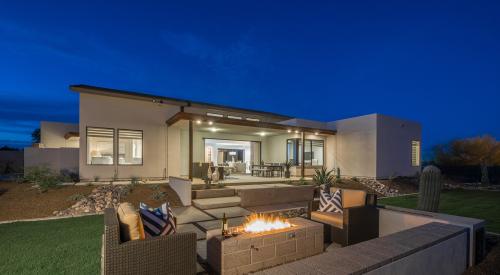In September, Thrive Home Builders was named the grand winner in the production homes category for the Department of Energy’s 2022 Housing Innovation Awards, which recognizes builders of zero energy ready homes. The Colorado builder has won a Housing Innovation Award every year since it was first handed out in 2013.
But Thrive’s focus on building high-performance, energy-efficient homes stretches back even further—to its start 30 years ago. Founded by Gene Myers, Thrive has always had a clear mission: “Our homes are good for you and good for the planet,” says Stephen Myers, CEO. Formerly Thrive’s COO, Myers took on the top job in 2021, when his father, Gene, transitioned from CEO to chair and chief sustainability officer.
EFFICIENT NET ZERO ENERGY HOMES
The nonprofit Team Zero ranks Thrive Home Builders as fifth among U.S. and Canadian builders of zero energy homes in terms of units built. According to Team Zero’s latest report, the number of zero energy homes rose from just over 22,000 in 2018 to just under 28,000 in 2020—though the organization believes the actual number is “considerably larger.”
Thrive’s homes meet the requirements of the DOE’s Zero Energy Ready Homes, which are 40% to 50% more efficient than typical new homes. As part of that program, Thrive also achieves certifications from ENERGY STAR for an efficient building envelope and the EPA’s Indoor airPLUS for a healthy indoor environment.
But for Thrive, that’s just the start. “We don’t think of those programs as the endpoint. They’re where we begin,” Myers says. One extra step that Thrive takes: Since Colorado has increased risks of elevated radon, Thrive installs an active radon ventilation system in every one of its homes.
Thrive gets some of its zero energy ready homes all the way to net zero, so that they produce as much energy as they consume. Thrive defines net zero as a HERS score of 0 to 15. “We’re a typical tract homebuilder. We don’t have control over the shading and solar aspect—we get the lots we get. So we allow ourselves a little room to operate,” Myers explains.
RELATED: Builders Find Success with Zero-Energy-Ready Homes By Focusing on the Details
To achieve net zero, one of the most important steps, aside from a rooftop solar array, is a double 2x4 wall, which creates a large, well-insulated wall cavity. Thrive’s net zero homes also have a heat pump system for cooling and heating as well as heat pump water heaters.
“In every market, builders need to make the high-performance choices that are right for them,” Myers says. “There’s not a single recipe for how this needs to be done.”

ACHIEVING NET ZERO AMID CHALLENGES
For Myers, building efficient homes is less about materials, much more about execution, especially with air sealing and water control. “People might be surprised to find very few specialty materials in our homes. These houses can be built out of the materials you can buy at Home Depot,” Myers says. “It’s not just how you design but also how you execute.”
The execution challenge has only intensified amid supply chain struggles and labor shortages. “It’s more difficult than ever just to get the houses built, much less to a high standard,” Myers says.
Addressing that challenge requires a nimble approach to product substitution, Myers finds. Thrive has to be ready to find alternative products—for heat pump cooling and heating systems, for instance—while still meeting its high standards.
Thrive also has built a robust quality assurance and control department that ensures its project managers’ training stays up to date. And the builder works with industry partners to help trades learn best practices for all aspects of construction—even ones that might seem as routine as installing flashing or housewrap.
To attract and retain workers, Myers says he tries to make Thrive “the builder of choice” for trades. The builder communicates to its trades that, by working with Thrive, they’ll gain skills and insights that will equip them for the industry’s future. “Find the trades that are excited to be on that path with you,” Myers advises.
FROM NET ZERO ENERGY TO NET ZERO CARBON
Thrive’s own path is leading to zero carbon homes. “We’re shifting from a pure focus on efficiency to a more holistic focus on carbon,” Myers says. Buildings, including their construction, account for about 40% of global carbon emissions—about half that from housing.
Although we don’t have a coherent carbon-reduction strategy nationally, Myers says, various states and municipalities have been setting their own carbon-reduction goals. Colorado is one of them. Since 2010, Colorado’s renewable electricity net generation has more than tripled, accounting for 35% of the state’s total generation in 2021. The state aims to achieve 100% renewable electricity by 2040.
“So the question becomes: As a builder, do we choose to embrace that or deal with it when it comes?” Myers says. “Our culture has been to embrace market transformations and turn them into competitive advantages.”
Building carbon-reducing homes will involve shifting to full electrification, with no natural gas at all. But electrification is only part of the answer, Myers says. “Electrification addresses the operational footprint of the home, but the much tougher nut to crack is embedded carbon in homes.” Embedded or embodied carbon emissions are created by manufacturing, transporting, installing, maintaining, and discarding construction materials.
So reducing a home’s carbon intensiveness will impact the selection of every material. The builder has to consider a host of factors, such as the facilities where the materials are produced and the distances they’re trucked. Stick-built homes can have an advantage here, since their wood can act as carbon capture—“if you do it right,” Myers says.
Addressing a home’s embodied carbon impact will be “a staggering challenge,” he says, “but one worth tackling.”















